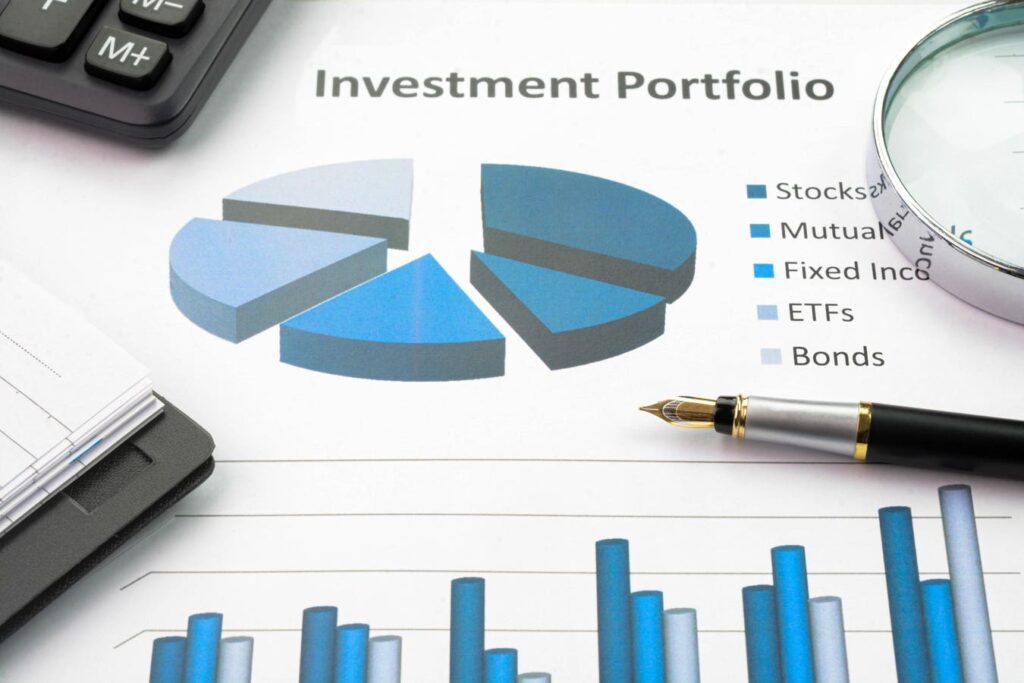Investors often perceive fixed-income funds as conservative components of their portfolios, contrasting them with the risk associated with equities and the complete safety associated with cash. This view, however, can be misleading, particularly when the fixed-income segment includes bond funds. Unlike individual bonds held to maturity, which have predictable returns, bond funds exhibit volatility that can be similar to equities. The foundation of any investment portfolio lies in the strategic allocation among various asset classes—equities, fixed income, and cash—each serving different roles. While equities generally offer growth, fixed-income instruments provide income, and cash offers safety, this classification lacks rigidity. Some stocks yield dividends, and certain higher-risk fixed-income options, like junk bonds, can also present growth opportunities.
Returns on equities are largely influenced by corporate earnings and the multiples investors are willing to pay for those earnings. In contrast, the performance of fixed-income investments is fundamentally driven by interest rates, although aspects such as the credit quality of the issuing bonds also contribute, but to a lesser degree. A clear example of this relationship is evidenced in the performance of a specific exchange-traded fund (ETF) that follows a broad bond index (AGG), which demonstrates a strong correlation with the U.S. 2-year Treasury yield. When interest rates fluctuate, so do the returns of this bond fund, highlighting how bond funds operate as proxies for interest rates.
Understanding the difference between individual bonds and bond funds is crucial for investors. Individual fixed-income instruments, such as bonds or notes, provide a return that can be estimated at the time of purchase, contingent on non-default scenarios. This return is normally dictated by three key variables: the purchase price, time to maturity, and the amount of coupon payments received. For example, U.S. T-bills pay no coupons, meaning that the return is exclusively determined by the purchase price and maturity date. However, bond funds introduce a layer of complexity. They do not hold bonds to maturity, meaning their selling prices are dictated by current interest rates rather than a fixed value, which leads to increased volatility. As interest rates rise, bond funds typically lose value; conversely, their value increases when interest rates decrease.
The pivotal lesson here is that equating “fixed income” with “conservative” is an important misconception. The inherent volatility of bond funds, especially those with longer maturities, may introduce significant fluctuations to a portfolio usually intended for stability. In light of this, some investment firms are moving away from bond funds and focusing instead on individual bonds. By implementing strategies that prioritize bonds held to maturity, particularly short-term floating-rate instruments, they aim to mitigate volatility. Data analyzed from clients shows that portfolios containing individual fixed-income instruments exhibit considerably less volatility compared to popular bond ETFs, emphasizing the advantages of direct bond ownership.
The analysis reveals stark contrasts in volatility levels between clients who opted for individual bonds and the performance of bond funds like the AGG. In this instance, the volatility recorded for individual fixed-income clients was just 0.47%, compared to 5.71% for the bond ETF and significantly higher at 12.3% for the S&P 500. This performance demonstrates how individual bonds possess predictable returns that protect investors from the market flux inherent in bond funds. While there are market conditions where a bond fund could outperform individual bonds—such as during periods of declining interest rates—the key takeaway remains: individual bonds offer known returns at purchase, whereas bond funds carry an inherent uncertainty that complicates their classification as conservative investments. Recognizing this distinction is essential for investors aiming to build truly conservative and stable portfolios.

